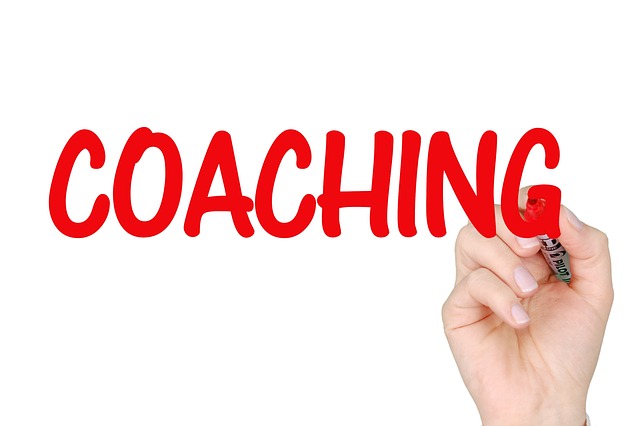
Elevating Organizational Culture: The Science and Technology of Strategic Assessments
In today’s fast-paced business environment, the importance of a robust organizational culture cannot be overstated. It influences employee engagement, productivity, and retention. As organizations strive to adapt and thrive, one vital tool that stands out is the strategic organizational culture assessment. This approach combines the best of science and technology to understand and elevate workplace culture, ensuring that every employee feels valued and aligned with the company’s vision.
The science behind strategic assessments lies in data-driven insights. Behavioral psychology offers frameworks to comprehend how individual and group behaviors contribute to the overall culture. Utilizing surveys and interviews, organizations can gather quantitative and qualitative data to identify cultural strengths and weaknesses. This evidence helps leaders recognize what practices are fostering a positive environment and which ones may be hindering growth.
As we delve into technology, it becomes increasingly vital in conducting these assessments. Advanced analytics platforms and artificial intelligence tools enable organizations to process vast amounts of data rapidly. These technologies allow for real-time feedback, providing an agile response to cultural shifts within the workplace. By leveraging such innovative tools, HR professionals can draw meaningful conclusions backed by comprehensive data, leading to targeted initiatives for culture enhancement.
Moreover, technology fosters open communication, a pivotal aspect of any thriving workplace culture. Digital platforms and collaboration tools empower employees to share their voices and contribute to the cultural dialogue. By incorporating feedback from all levels of the organization, leaders can create an inclusive environment that reflects the diverse perspectives of their workforce.
Emphasizing the science and technology behind a strategic organizational culture assessment also enhances transparency. When employees understand that their opinions are valued, and they witness tangible changes from their feedback, trust in leadership builds naturally. This transparency not only boosts morale but also helps in creating champions within the workforce who advocate for cultural shifts.
Furthermore, organizational culture is not a static element; it evolves. By regularly implementing these assessments, businesses can adapt to both internal and external changes. Whether it’s a shift in market trends, employee demographics, or global issues, an ongoing evaluation of organizational culture ensures that the company remains resilient and competitive.
Ultimately, investing in strategic organizational culture assessments pays dividends. Not only does it cultivate a positive work environment, but it also drives performance and innovation. Companies that prioritize this proactive approach are better positioned to attract top talent and retain their most valuable assets—people. The fusion of science and technology in understanding and enhancing workplace culture is not just a trend; it is a strategic imperative for organizations aiming for long-term success.



